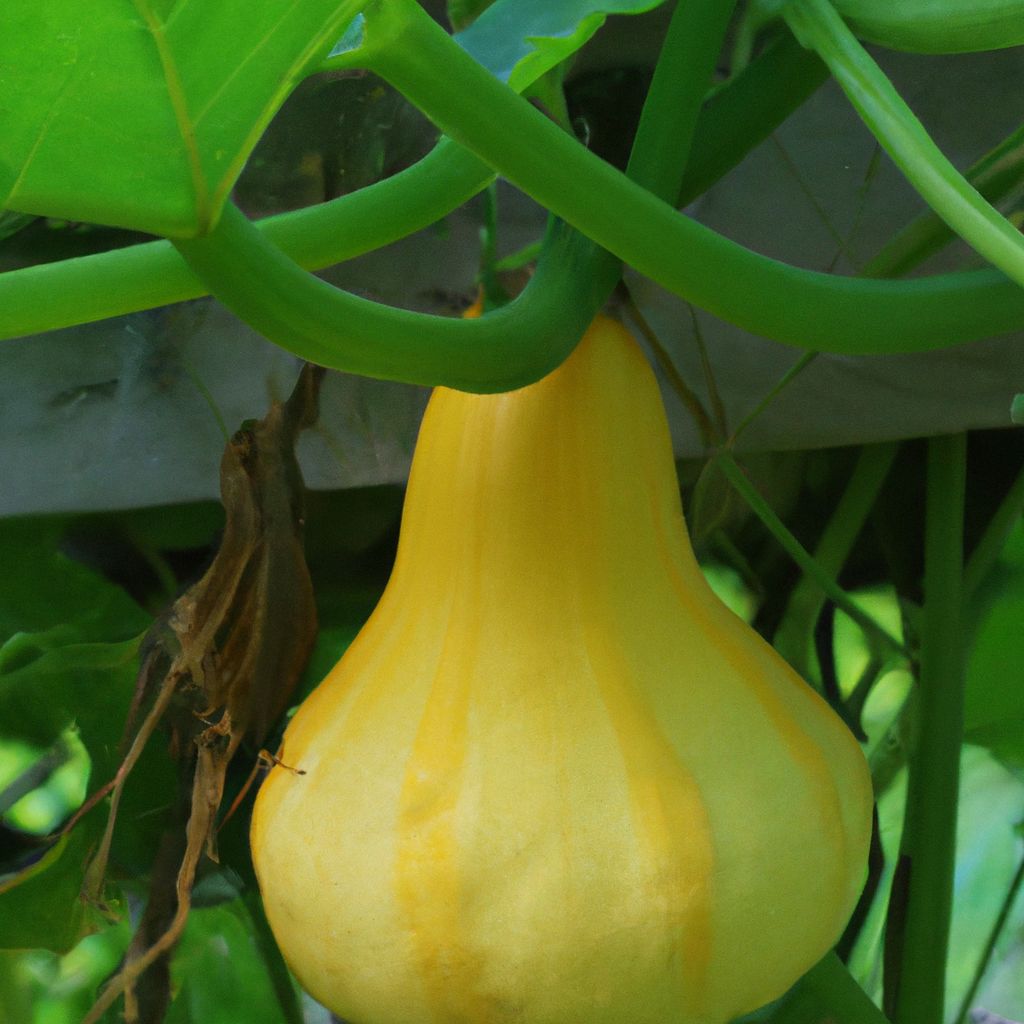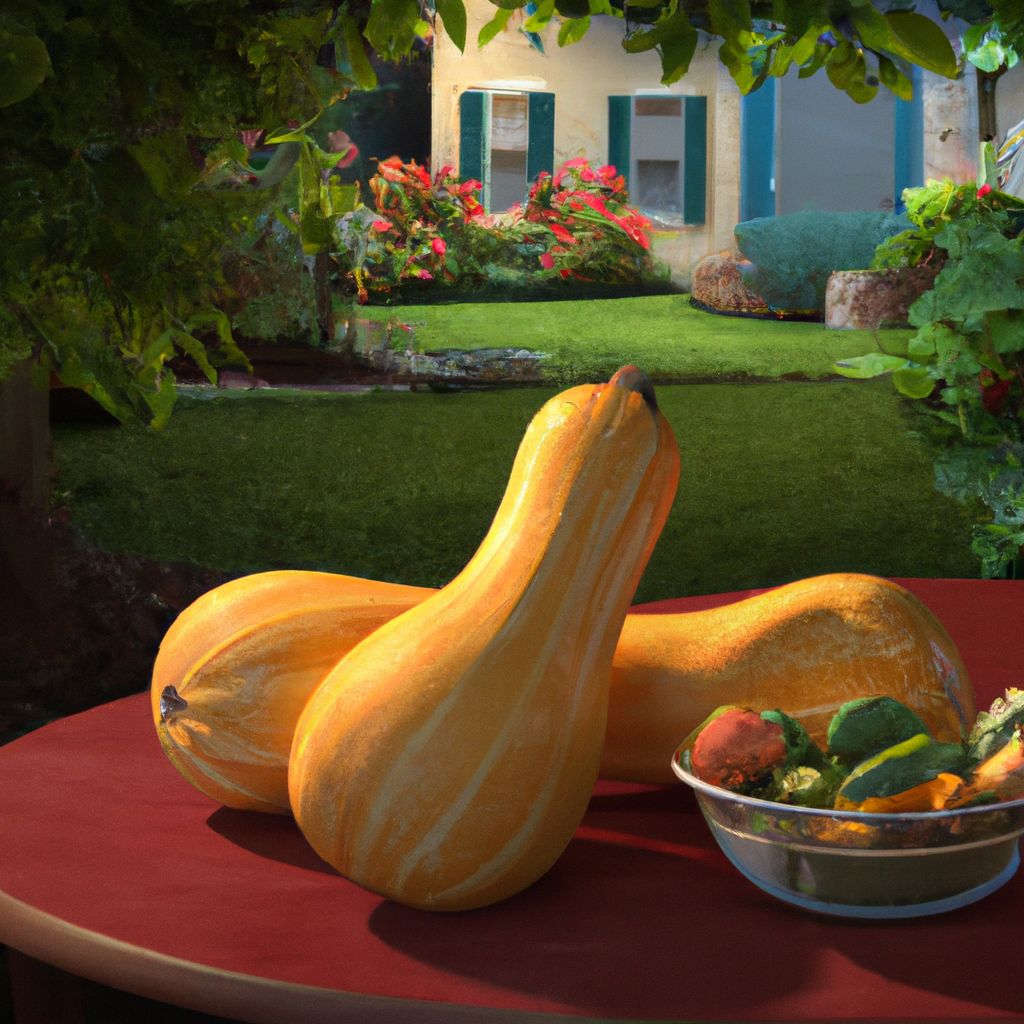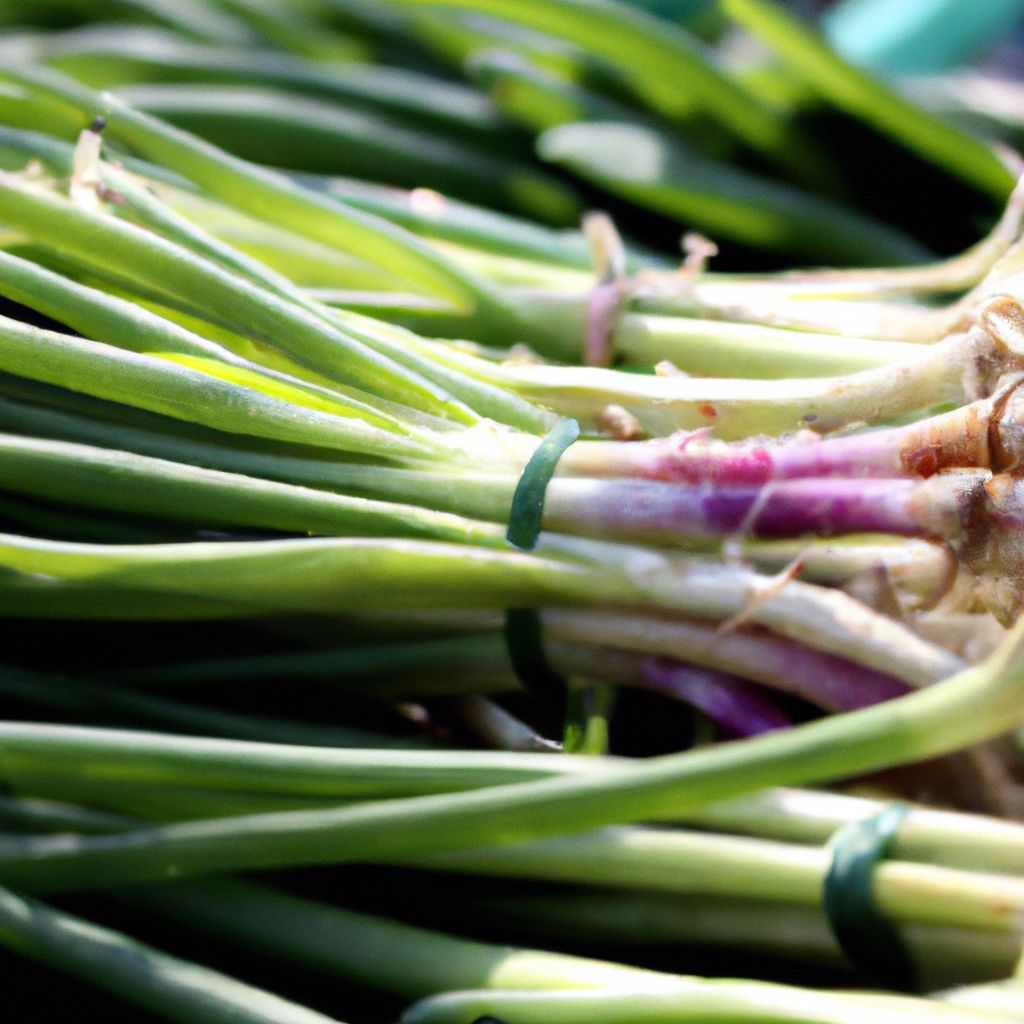Spaghetti squash is a nutritious winter squash that can be easily grown at home and used as a delicious, low-carb pasta alternative. With its mild flavor and noodle-like strands when cooked, spaghetti squash offers a versatile and healthy substitute for traditional wheat pasta. Growing spaghetti squash at home provides garden-fresh produce all season long when properly planted and cared for.
Why Choose Spaghetti Squash as a Pasta Alternative?
Spaghetti squash has gained popularity as a pasta alternative for several health and dietary reasons:
- Lower in calories and carbs – One cup of spaghetti squash contains only 42 calories and 10 grams of carbs, compared to 221 calories and 43 grams of carbs in wheat pasta. This makes it excellent for low-carb, keto, or diabetic diets.
- High in nutrients – Spaghetti squash provides vitamin C, B6, manganese, potassium, magnesium, and fiber. These nutrients boost immunity, heart health, bone strength, and digestion.
- Gluten-free – The naturally gluten-free structure of spaghetti squash makes it safe for those with celiac disease or gluten intolerance.
- Adaptable flavor – The mild and slightly sweet taste takes on the flavors of sauces and seasonings easily. It can be used in both savory and sweet dishes.
- Fast preparation – Spaghetti squash cooks quicker than traditional pasta, needing only 40-50 minutes in the oven or less when microwaved.
- Versatile uses – It can creatively replace pasta in casseroles, bakes, stir fries, and more, adding a healthy twist.
- Fun presentation – Scraping cooked spaghetti squash into strands provides a fun, noodle-like experience for kids and adults.
Overall, spaghetti squash is ideal for any diet requiring a wheat/gluten-free, low-glycemic, and nutrient-dense alternative to regular pasta.

Planting and Growing Spaghetti Squash at Home
Growing spaghetti squash at home is simple with proper soil preparation, planting, watering, and care. Follow these tips for successfully cultivating spaghetti squash:
When to Plant Spaghetti Squash
- Spring: Direct sow seeds 1-2 weeks after the last spring frost date for your region.
- Summer: Transplant seedlings after the soil has warmed in early summer.
Where to Plant
- Sunlight: Full sun (at least 6 hours of direct sunlight per day)
- Soil: Rich, well-draining soil with a pH between 6.0-6.8.
- Spacing: Plant seeds/seedlings 2-3 feet apart in rows 4-6 feet apart.
How to Plant Spaghetti Squash
- Prepare soil by mixing in compost or organic matter to optimize nutrition and drainage.
- Direct sow seeds 1 inch deep and 2-3 feet apart.
- Or transplant seedlings when they have 3-4 true leaves.
- Water thoroughly immediately after planting and mist soil to prevent drying.
Ongoing Care
- Water: 1-2 inches per week. Avoid watering leaves.
- Weeding: Remove weeds to prevent nutrient competition, mulch to suppress weeds.
- Fertilizer: Side dress plants with a nitrogen-based fertilizer when vines begin to run.
- Pests: Watch for cucumber beetles, squash bugs. Use organic insecticidal soap.
- Diseases: Prevent powdery mildew by watering at the base, improving air circulation.
- Vines: Trellis or cage vines to improve airflow and prevent spreading on ground.

Caring for Spaghetti Squash Vines
As spaghetti squash plants grow, proper care of the spreading vines is essential for plant health and productivity:
- Provide sturdy trellises or cages early in the season to support expanding vines.
- Gently tie vines to supports using soft twine or garden tape as they lengthen.
- Maintain even moisture in soil – drought stress can cause vines to wither.
- Prune unwanted secondary vines to encourage growth of the main runners.
- Keep vines off wet ground to prevent disease – use mulch to suppress weeds.
- Scout for pests like squash vine borers and hand remove if found.
- Remove any diseased or insect-damaged leaves to prevent spreading.
- Monitor vines for signs of disease like powdery mildew and treat organically if needed.
- Check that supports remain stable as vines grow heavier with fruit development.
Proper vine care allows greater access to sunlight, improved pollination, and easier harvesting – key factors for a successful spaghetti squash crop.
Knowing When Spaghetti Squash is Ready to Harvest
Timing the harvest of spaghetti squash is important to ensure peak flavor and quality. Monitor spaghetti squash for these signs of ripeness:
- Rind turns yellowish or golden, instead of green
- Rind feels firm yet yields slightly to pressure
- Fruits reach ideal size of 8-10 inches long
- Stem starts to turn brown and dry out
- Inside flesh strands separate easily with a fork
Avoid harvesting too early or fruits may lack flavor and ripen improperly. Leaving squash too long risks over-ripening and spoilage.
Use garden shears to carefully cut the squash from the vine, leaving 2-3 inches of stem attached. Handle fruits gently to prevent bruising.
How to Harvest and Store Spaghetti Squash
Follow these steps for properly harvesting and storing homegrown spaghetti squash:
Harvesting Spaghetti Squash
- Use pruners/shears to cut squash from vine, leaving 2-3 inches of stem.
- Harvest in early morning when plants are fully dry.
- Handle fruits gently to avoid cuts and bruises.
- Allow to cure in warm area for 7-10 days with good airflow.
Storing Freshly Harvested Spaghetti Squash
- Brush off any dirt but do not wash until ready to use.
- Check for any cuts, bruises or soft spots – use these first.
- Cure in warm (80-85°F) space for 10-14 days before storage.
- Store cured squash in cool (50-55°F), dry area with good ventilation.
- Avoid stacking or tight packing to prevent rotting.
- Inspect regularly and remove any spoiled squash.
Properly harvested and stored, spaghetti squash keeps 2-3 months.

Cooking Spaghetti Squash to Perfection
Enjoying your homegrown spaghetti squash is easy with these simple cooking methods:
- Baking: Cut in half, scoop out seeds. Place cut-side down on baking sheet, bake at 400°F for 40-50 minutes.
- Roasting: Cut in half, brush with oil, season and roast cut-side down at 425°F until tender, about 30-45 minutes.
- Microwaving: Pierce whole squash several times with a knife, microwave on high for 10-12 minutes, flip and cook another 5-7 minutes.
- Steaming: Cut in rings or spirals, steam for 12-15 minutes until tender.
- Sautéing: Cut into small cubes, sauté in olive oil for 6-8 minutes until desired tenderness.
- Boiling: Cut into chunks, boil for 15-20 minutes until soft. Drain and pressing out excess liquid.
Once cooked, simply scrape flesh away from skin with a fork to create noodle strands. Now you’re ready to enjoy spaghetti squash anyway you’d use pasta!
Favorite Spaghetti Squash Recipes
Try these delicious recipes and serving suggestions for homegrown spaghetti squash:
Italian Spaghetti Squash Noodle Bowl
Ingredients:
- Cooked spaghetti squash strands
- Marinara or pesto sauce
- Cooked chicken breast or meatballs (optional)
- Assorted chopped vegetables like bell peppers, onions, mushrooms
- Fresh basil, oregano, parmesan cheese
Directions: Prepare cooked spaghetti squash noodles. Top with desired proteins, vegetables, sauce, and seasonings. Enjoy this classic Italian-inspired spaghetti squash dish!
Thai Peanut Spaghetti Squash
Ingredients:
- Cooked spaghetti squash strands
- Peanut or almond butter
- Soy sauce or coconut aminos
- Lime juice
- Minced garlic
- Red pepper flakes
- Fresh chopped cilantro
Directions: Mix peanut butter, soy sauce, lime juice, garlic, and red pepper flakes into a creamy sauce. Toss sauce with warm spaghetti squash strands until coated. Garnish with fresh cilantro.
Spaghetti Squash Enchiladas
Ingredients:
- 1 baked spaghetti squash
- 1 cup enchilada sauce
- 1 cup black beans, rinsed and drained
- 1 cup cooked chicken, shredded
- 1/2 cup Monterey jack cheese
- 6 soft corn or flour tortillas
Directions: Mix spaghetti squash strands, black beans, chicken, and 1/2 cup enchilada sauce. Fill tortillas with 1/3 cup mixture each, roll up and place seam side down in a baking dish. Pour remaining sauce over filled tortillas, sprinkle with cheese. Bake at 350°F for 20 minutes or until heated through.

Spaghetti Squash FAQs
How long does spaghetti squash last?
Properly stored spaghetti squash lasts 2-3 months in a cool, dry location. Cooked spaghetti squash strands keep up to one week refrigerated in an airtight container.
Can you eat spaghetti squash raw?
Spaghetti squash should always be cooked before eating. The raw flesh is hard and inedible. Once cooked, the strands soften and become noodle-like.
Is spaghetti squash keto friendly?
Yes, spaghetti squash is low carb and keto diet approved. One cup contains only 10 grams of carbohydrates, making it a great pasta alternative on a ketogenic diet.
What is the difference between spaghetti squash and zucchini noodles?
Spaghetti squash is an actual winter squash with a mildly sweet flavor. Zucchini noodles are made by spiralizing or slicing zucchini into noodle shapes, with a fresher, more vegetable-forward taste. Both work well as pasta replacements.
Can you freeze cooked spaghetti squash?
Yes, cooked spaghetti squash freezes well for 6-8 months. Let strands cool completely before storing in a freezer bag or airtight container. Thaw overnight in the refrigerator before using in recipes.
Growing your own spaghetti squash provides a bounty of healthy pasta all season long. With proper planting, vine care, and harvesting, you can enjoy homegrown goodness in all your low-carb dishes. Get creative with recipes and savor the fun experience and flavors of your backyard spaghetti squash.















































